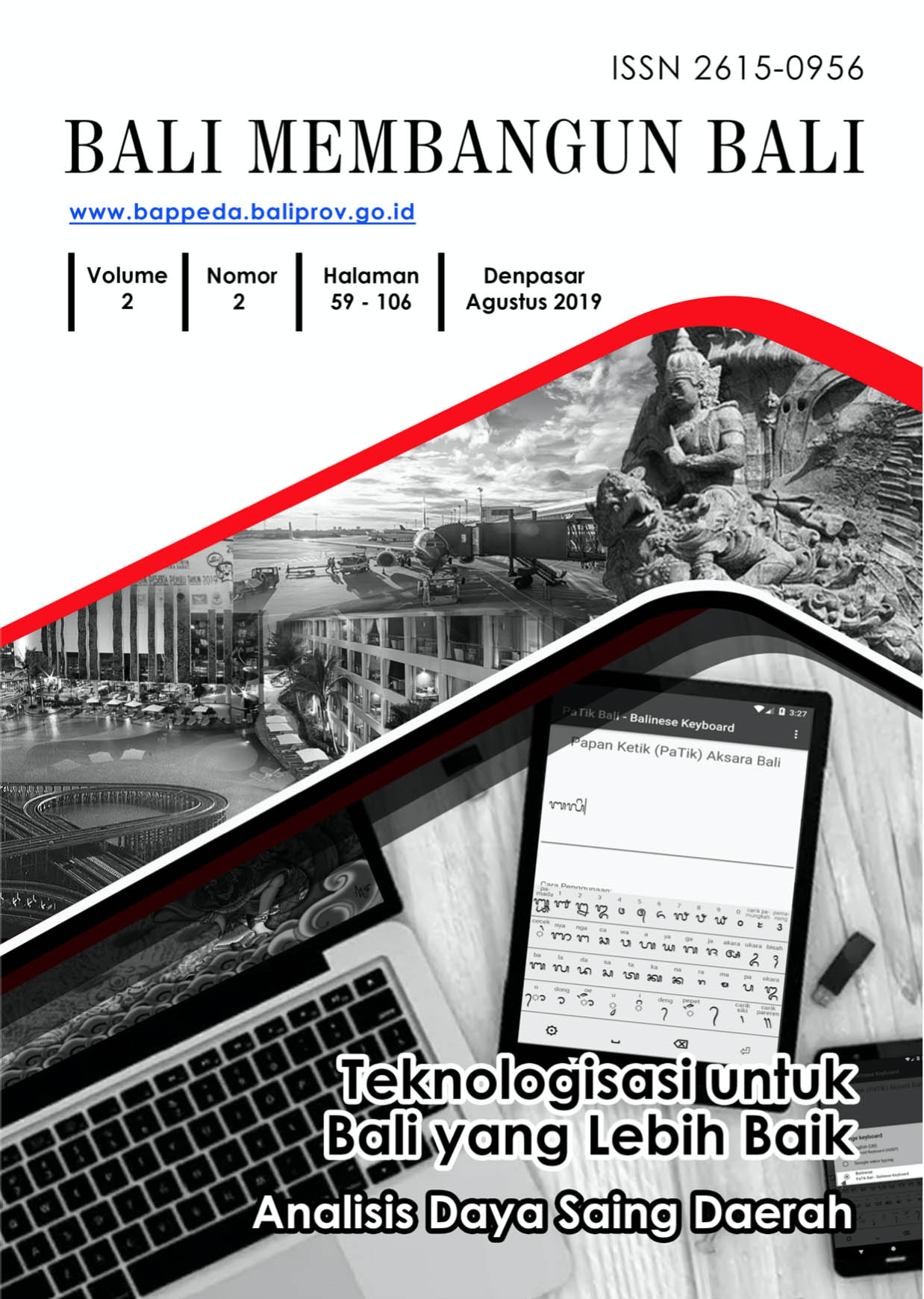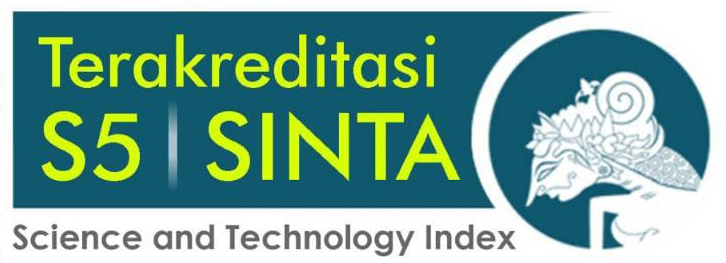Room Allotment Management to Increase Room Occupancy and its Implication to Hotel Management Strategy
DOI:
https://doi.org/10.51172/jbmb.v2i2.41Keywords:
room allotment, management strategy, room occupancy, POAC management function, SWBR analysis.participation, millennial generation, national politics.Abstract
In the tourism industry, fluctuations in room occupancy are common. Many hotels offer various types of accommodation and service options needed by guests, causing competition between one hotel and another hotel. The purpose of this study is to find out how the management of room allotment in an effort to increase room occupancy at a one 5-star hotel in the southern part of Bali. This study was conducted using a qualitative descriptive method with analysis of POAC (Planning, Organizing, Actuating, Controlling) and SWBR (Strength, Weakness, Benefit, Risk). Data is obtained using the interview method. This study also explains how the implications of room allotment management on management strategy at the hotel. The results of this study indicate that the management of the allotment room has been done quite well but has not provided maximum results in increasing room occupancy. The implications of giving room allotment based on management functions indicate that negotiations still have problems with the prices determined, there are strengths, weaknesses, benefits and risks in organizing the people who regulate the room allotment, the room allotment given has not been 100% fulfilled and there is no a special system to control room allotment. Future research is recommended with regard to the effectiveness of room allotment through the system.
References
International Journal of Business and Social Science”, 3(22).
Bagyono. 2014. Pariwisata dan Perhotelan. Bandung: Alfabeta
BARDI, J.A. 2007. “Hotel Front Office Management”. New Jersey: Wiley, 2007. ISBN
978-0-471-68710-8.
Dakhi, Y. 2016. “Implementasi Poac terhadap Kegiatan Organisasi dalam Mencapai
Tujuan Tertentu”, Warta Dharmawangsa, (50).
Echols, John M & Hassan Shadily. 2010. Kamus Inggris-Indonesia. Jakarta: PT
Gramedia Pustaka Utama.
Khairunas, S., & Versia, F. 2018. “English Expressions and Terminologies Used for
Reservation In PT. Raja Kamar Indonesia Jakarta”. Wanastra: Jurnal Bahasa
dan Sastra, 10(1), 42-49.
Liman, H. 2005. U.S. Patent Application No. 10/613,383.
Mulyasa, E. 2012. Manajemen dan Kepemimpinan Kepala Sekolah. Jakarta: Bumi
Aksara.
Parma, I. P. G., Ariana, I. N. J., Putri, I. A. T. E., Putra, A. M., Sulistyawati, A. S.,
Suarka, F. M., ... & Widiantara, I. G. A. B. 2018. Jurnal Perhotelan dan
Pariwisata Triatma Jaya, Juli-Desember 2017. Sekolah Tinggi Pariwisata
Triatma Jaya, 7(2), 1-139.
Soenarno, A. 2003. Kamus Istilah Pariwisata & Perhotelan. Angkasa.
Sukarna. 2011. Dasar-dasar Manajemen. CV. Mandar Maju. Bandung
Sugiyono, M. P. K. 2013. Kualitatif dan Kombinasi (Mixed Methods). Bandung:
Alfabeta.
Downloads
Published
How to Cite
Issue
Section
License
Authors who publish with this journal agree to the following terms:
Authors retain copyright and grant the journal right of first publication with the work simultaneously licensed under a Attribution-NonCommercial-ShareAlike 4.0 International (CC BY-NC-SA 4.0) that allows others to share the work with an acknowledgement of the work's authorship and initial publication in this journal.
Authors are able to enter into separate, additional contractual arrangements for the non-exclusive distribution of the journal's published version of the work (e.g., post it to an institutional repository or publish it in a book), with an acknowledgement of its initial publication in this journal.
Authors are permitted and encouraged to post their work online (e.g., in institutional repositories or on their website) prior to and during the submission process, as it can lead to productive exchanges, as well as earlier and greater citation of published work (See The Effect of Open Access).





